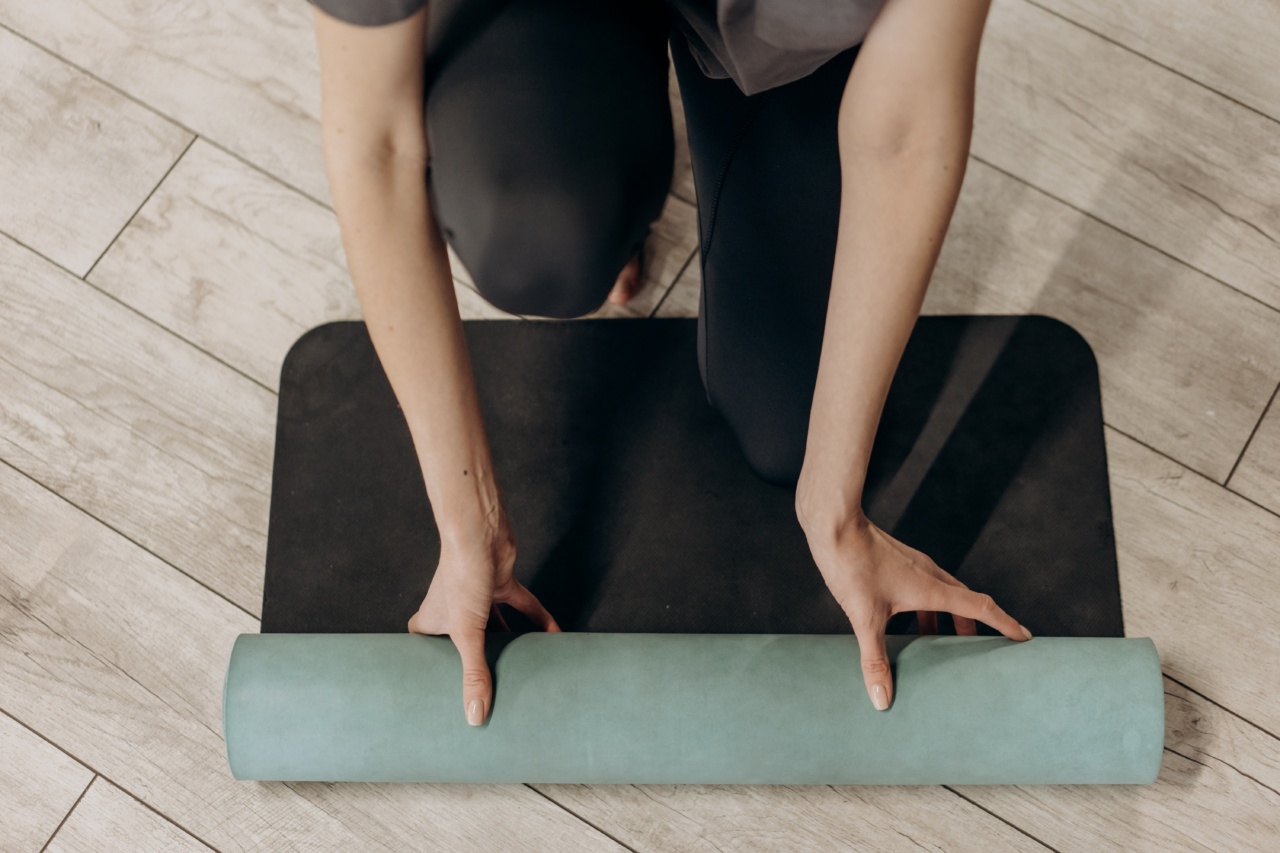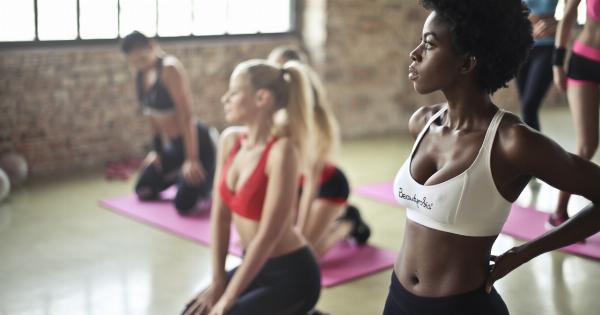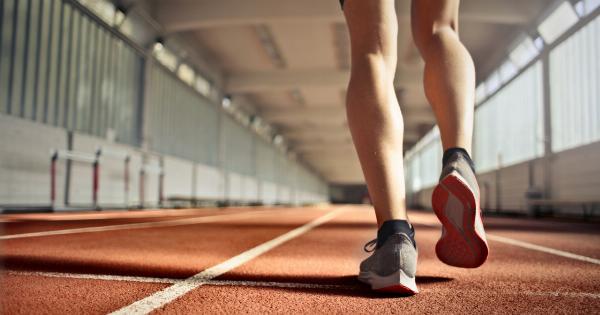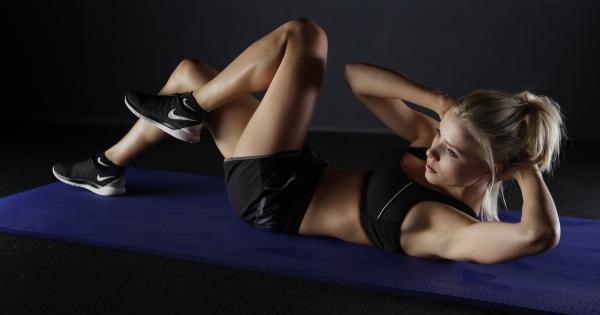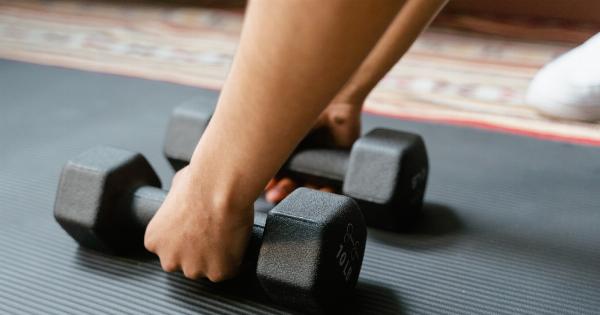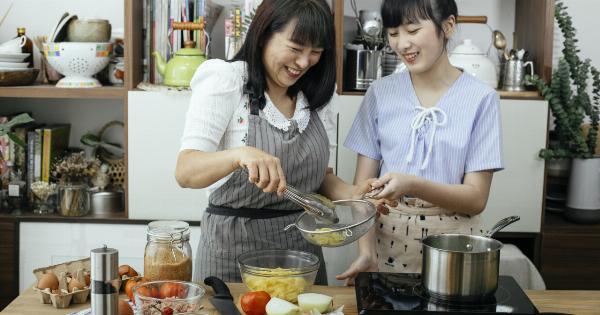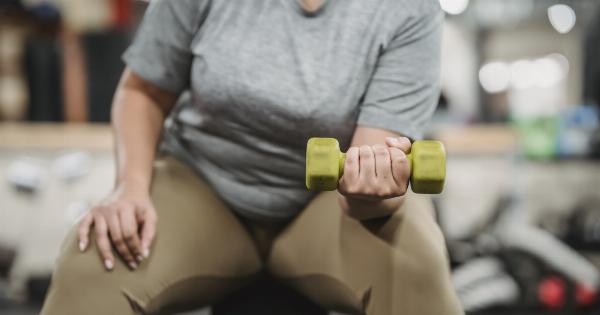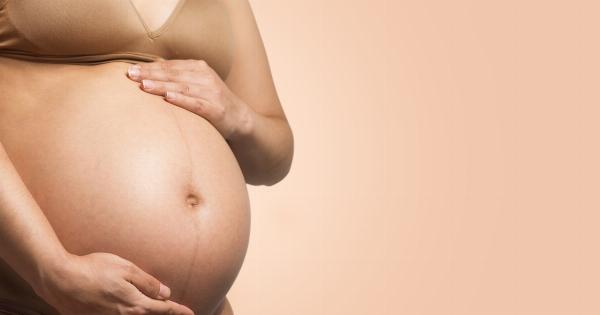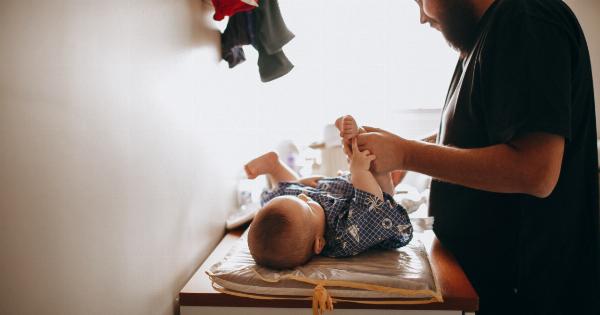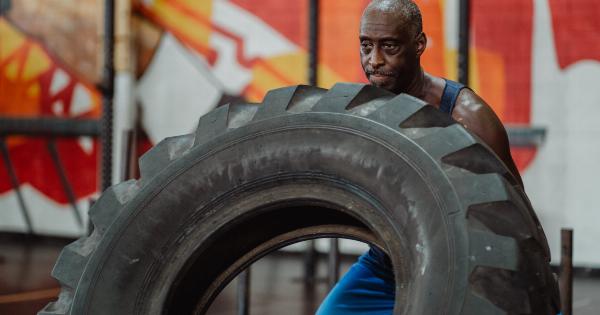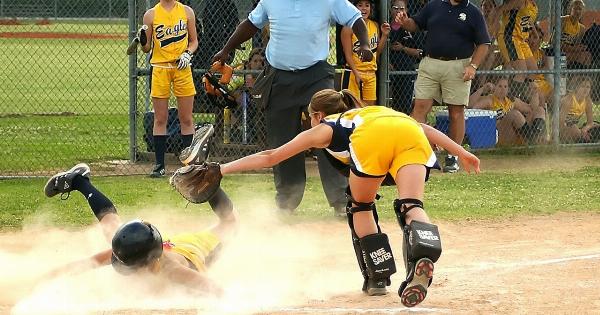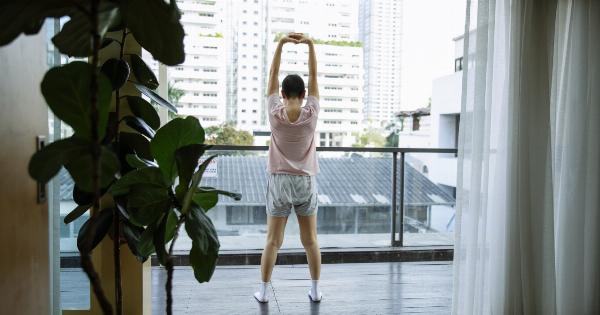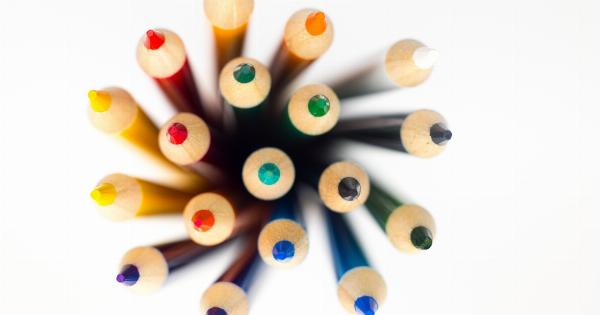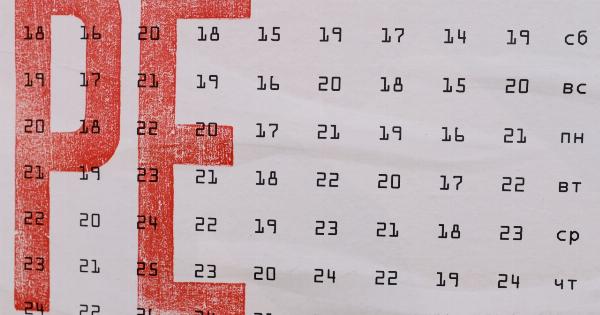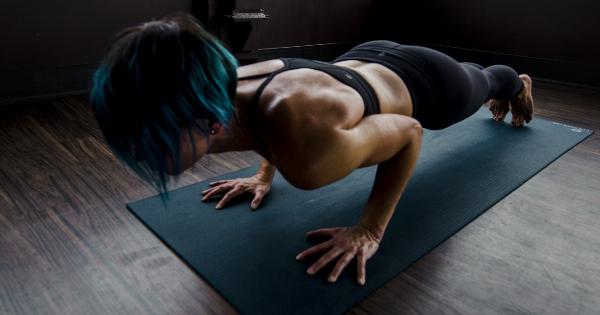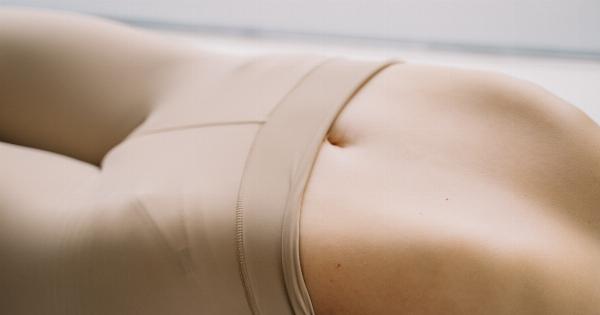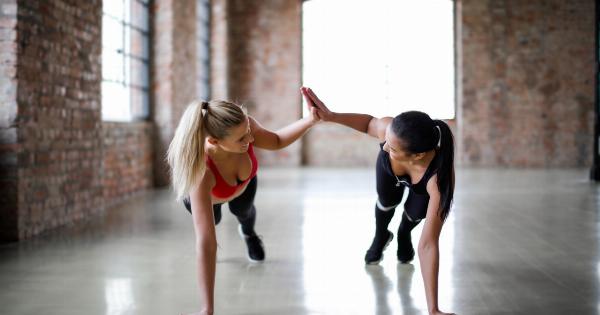Gymnastics is a sport that requires incredible strength, flexibility, and discipline. Athletes dedicate countless hours to perfecting their skills and routines, aiming to achieve excellence in competitions.
While gymnastics is often associated with young athletes, it is important to recognize the significance of longevity in this demanding sport. Longevity in gymnastics refers to the ability to maintain a high level of performance and compete at a competitive level for an extended period of time.
Factors Affecting Longevity in Gymnastics
Several factors contribute to the longevity of gymnasts. These factors include physical fitness, injury prevention, adequate rest and recovery, mental resilience, and proper nutrition.
Addressing these factors is essential for gymnasts to have sustainable and successful careers in the sport.
1. Strength Training
A strong body is vital for gymnastics longevity. Strength training exercises help build muscular endurance and prevent injuries.
Gymnasts should incorporate exercises that target core muscles, upper body, lower body, and overall body strength into their training routines. Regular strength training sessions can ensure that the body can withstand the demands of the sport over a long period of time.
2. Flexibility and Mobility
Flexibility and mobility are crucial for gymnasts to perform various skills and routines with grace and precision. Regular stretching exercises and mobility drills are important for maintaining and improving flexibility.
This will aid in injury prevention and allow gymnasts to continue training at their full potential without limitations.
3. Injury Prevention
Injury prevention plays a significant role in the overall longevity of gymnasts. Proper warm-up sessions, cool-down exercises, and stretching routines are important before and after intense training or competitions.
Additionally, gymnasts should be knowledgeable about proper technique and body mechanics to minimize the risk of injuries. Regular strength and conditioning exercises targeting specific areas prone to injuries, such as the wrists and ankles, can help decrease the likelihood of accidents.
4. Adequate Rest and Recovery
Rest and recovery are crucial for the body to repair and rebuild itself after intense training sessions. Overtraining can lead to physical and mental exhaustion, and increase the risk of injuries.
Gymnasts should prioritize getting enough sleep and scheduling rest days into their training plans. Active recovery techniques, such as foam rolling and light stretching, can also aid in reducing muscle soreness and promoting overall recovery.
5. Mental Resilience
Competing in gymnastics can be mentally demanding. Athletes must possess mental resilience to cope with pressure, setbacks, and competition stress.
Building mental toughness through techniques like visualization, positive self-talk, and effective goal-setting can contribute to the longevity of gymnasts. Regular mental training exercises, such as mindfulness or meditation, can also help gymnasts maintain focus and reduce anxiety.
6. Proper Nutrition
Nutrition is a vital aspect of gymnastics longevity. A well-balanced diet rich in essential nutrients, vitamins, and minerals is necessary for optimal performance, growth, and recovery.
Gymnasts should consume a variety of whole foods, including lean proteins, whole grains, fruits, and vegetables. Staying properly hydrated is also crucial for overall health and maintaining peak performance.
7. Skill Progression and Adaptability
Gymnasts should focus on skill progression while ensuring a gradual increase in difficulty and intensity. A smart and strategic approach to training can enhance longevity by allowing the body to adapt gradually to new challenges.
Coaches and gymnasts should work together to develop training programs that strike a balance between pushing limits and preventing burnout or overuse injuries.
8. Lifestyle and Balance
Maintaining a balanced lifestyle is important for the overall well-being of gymnasts. Adequate time for hobbies, socialization, and other interests outside of gymnastics can help prevent burnout and maintain passion for the sport.
A supportive and positive environment, combined with a healthy work-life balance, can contribute to gymnastics longevity.
9. Regular Check-ups and Medical Support
Gymnasts should have regular check-ups with healthcare professionals who specialize in sports medicine. These professionals can assess the gymnast’s overall health, identify any potential issues, and provide appropriate medical support.
Regular physical examinations and screenings can help detect and prevent injuries or health conditions that may hinder the longevity of gymnasts.
10. Gradual Transition and Retirement Planning
As gymnasts reach a certain point in their careers, they should plan for a gradual transition and retirement from competitive gymnastics.
This allows for a smoother transition to other physical activities or pursuits while reducing the risk of abrupt lifestyle changes and associated challenges. Guidance from coaches, mentors, and sports psychologists during this phase can help gymnasts navigate the emotional and psychological aspects of transitioning out of the sport.
Conclusion
Longevity in gymnastics is a multifaceted goal that requires attention to various factors such as strength training, flexibility, injury prevention, rest and recovery, mental resilience, nutrition, and more.
By incorporating these elements into their training and lifestyle, gymnasts can extend their careers and continue thriving in this challenging and rewarding sport.
